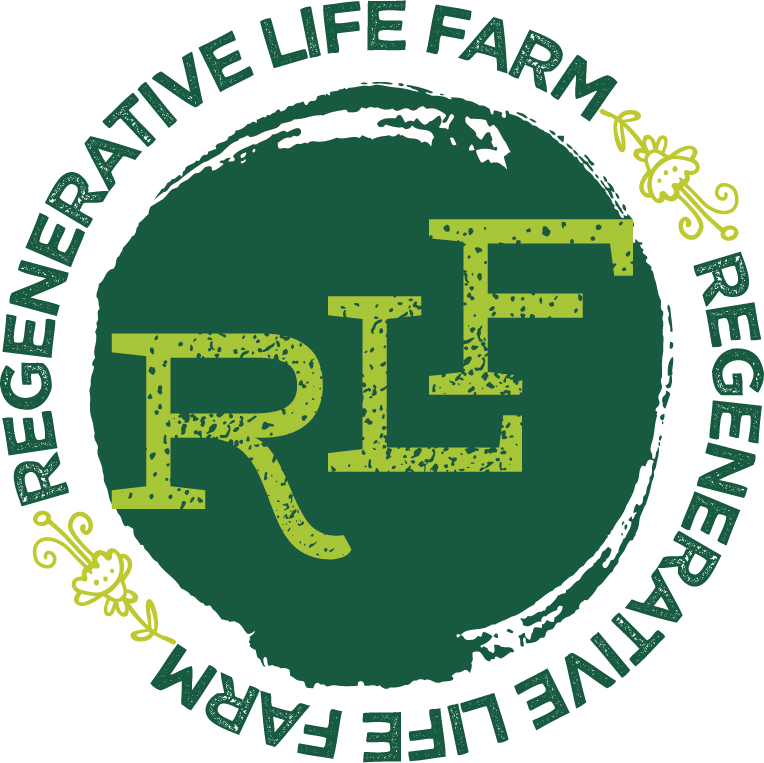Saving Summer
This appeared in the October 22 edition of The Fish Wrap
As summer ends, we start thinking about how to preserve the bounty of our gardens. Preservation methods include canning, pickling, drying, salting and freezing, but one of our favorites is fermenting. Fermentation is an anaerobic process in which microorganisms like yeast and bacteria break down food components into other products. This gives fermented foods their unique taste and makes them easier to digest and more nutritious than their unfermented equivalents.
Our ancestors discovered fermentation by accident when a bit of food was forgotten in a corner under the right conditions. They discovered that the food kept longer, was more digestible, and simply tasted wonderful. Early dairy farmers learned that fermenting milk allowed them to store it for much longer than they would in milk’s raw state, giving us the wonder of cheese! Other cultures created fermented products like kimchi, tempeh and miso. The core ingredient was whatever surplus food was on hand.
Food is medicine and unique health benefits come from fermented foods. The process of fermentation makes the beneficial nutrients more easily digested and bio-available. Many fermented foods contain probiotics, friendly gut bacteria that support digestion, and prebiotics which are food for our friends. Other health benefits associated with fermented food include reduced risk of heart disease, high blood pressure, diabetes, obesity and inflammation. They have also been linked to better cognitive function, increased bone health and immunity. Nothing like a shot of fermented beet juice to stop a cold in its tracks!
Many fermented foods can be found in your grocery store, like yogurt, pickles, sauerkraut, sourdough bread and cider. Or better yet, ferment some vegetables from your garden. Cabbage, beets, radishes, turnips and carrots are some of the easiest foods to ferment at home. Dust off your Grandma’s sauerkraut recipe and preserve a taste of summer!
